อุโบสถ วัดท่าเรียบ
อุโบสถ วัดท่าเรียบ
ที่ตั้ง เลขที่ 2 บ้านหนองหว้า หมู่ที่ 10 ตำบลนาโพธิ์ อำเภอนาโพธิ์ จังหวัดบุรีรัมย์
ผู้ครอบครอง วัดท่าเรียบ
ปีที่สร้าง พ.ศ. 2432
ประวัติ
วัดท่าเรียบตั้งขึ้นเมื่อปี พ.ศ. 2426 ลักษณะพื้นที่ตั้งวัดและบริเวณโดยรอบเป็นที่ราบติดกับริมทางลงไปท่าน้ำที่ชาวบ้าน ใช้สัญจรขึ้นลงไปมาระหว่างหมู่บ้านกับท่าน้ำ ด้วยเหตุนี้ชาวบ้านจึงได้ลงความเห็นร่วมกันตั้งชื่อวัดว่า “วัดท่าเรียบ” โดยได้รับพระราชทานวิสุงคามสีมาเมื่อปี พ.ศ. 2435 โดยมีเขตวิสุงคามสีมา กว้าง 12 เมตร ยาว 24 เมตร ซึ่งภายในวัดมีโบราณสถานที่สำคัญ คือ อุโบสถพื้นถิ่นสร้างเมื่อปี พ.ศ. 2432 โดยมีหลวงพ่อจุล เป็นผู้นำการสร้าง โดยได้รับความร่วมมือร่วมใจจากชาวบ้าน ในการก่อสร้างโดยขนทรายมาจากริมแม่น้ำมูล บรรทุกด้วยเกวียนเดินทางมายังที่ตั้งวัด ดินที่นำมาทำเป็นอิฐนั้นขุดมาจากสระน้ำข้างอุโบสถ คาดว่าช่างก่อสร้างมาจากอำเภอยางสีสุราช จังหวัดมหาสารคาม สันนิษฐานว่าเป็นช่างชาวญวน
อุโบสถของวัดท่าเรียบเป็นอาคารพื้นถิ่นชั้นเดียว ผังอาคารเป็นอุโบสถแบบมีระเบียงรอบบนฐานเอวขัน มีบันไดขึ้นทางด้านหน้า จำนวน 9 ขั้น ราวบันไดเป็นปูนปั้นรูปนาคเฝ้าบันได 1คู่ และมีการประดับด้วยกระเบื้องเคลือบสี ขนาดอาคารโดยประมาณ กว้าง 14.80 เมตร ยาว 18.97 เมตร สูงจากพื้นถึงยอดหลังคา 7.35 เมตร ภายในอุโบสถกว้าง 5.27 เมตร ยาว 10.30 เมตร หลังคาปั้นหยาสองชั้นเชื่อมต่อกับหลังคามุขด้านหน้า มุงด้วยกระเบื้องดินเผารูปว่าว ตกแต่งปิดเชิงชายด้วย แผ่นดีบุกฉลุลาย ผนังอุโบสถทั้งภายในและภายนอกมีภาพจิตรกรรมเขียนสีศิลปะชาวบ้าน โดยสีที่ใช้ในการเขียนภาพจิตรกรรมได้มาจากเปลือกไม้และใบไม้ ภาพจิตรกรรมภายนอกเป็นภาพเรื่องราวเกี่ยวกับความดีและความชั่ว นรกสวรรค์ นิทานชาดก ประวัติพระพุทธเจ้าตั้งแต่เสวยพระชาติจนมาถึงประสูติ ตรัสรู้ และปรินิพพาน ถือได้ว่าเป็นแหล่งเรียนรู้เรื่องราวทางพุทธศาสนา ปลูกฝังคุณธรรมจริยธรรมให้เกิดความเกรงกลัวละอายต่อบาป และทำความดีเพื่อสร้างบุญเช่นพระมาลัย ส่วนภาพจิตรกรรมภายในอุโบสถเป็นภาพเรื่องราวของพระพุทธเจ้าที่มีความงดงาม
ตลอดระยะเวลาที่ผ่านมา เจ้าอาวาสวัด คณะกรรมการวัด และคนในชุมชนล้วนตระหนักถึงคุณค่าความสำคัญของอุโบสถหลังนี้ ทั้งคุณค่าด้านประวัติศาสตร์ชุมชน คุณค่าทางศิลปกรรม คุณค่าทางสถาปัตยกรรมพื้นถิ่น และคุณค่าทางด้านสังคม ทำให้ชุมชนยังคงดูแลรักษาสภาพของอาคารให้คงอยู่ดังเดิม และไม่ให้เกิดความชำรุดทรุดโทรม ต่อมาในปี พ.ศ. 2556 – 2557 สาขาวิชาเทคโนโลยีสถาปัตยกรรม คณะเทคโนโลยีอุตสาหกรรม มหาวิทยาลัยราชภัฏบุรีรัมย์ร่วมกับชุมชนได้จัดกิจกรรมศึกษาประวัติชุมชน จัดทำประวัติอุโบสถ สำรวจและรังวัดขนาดอุโบสถ และบันทึกรูปแบบทางสถาปัตยกรรม หลังจากนั้น ได้ส่งมอบข้อมูลและแบบอาคารให้กับเจ้าอาวาสและคณะกรรมการวัดเพื่อใช้เป็นข้อมูลพื้นฐานเพื่อการอนุรักษ์อาคารต่อไป
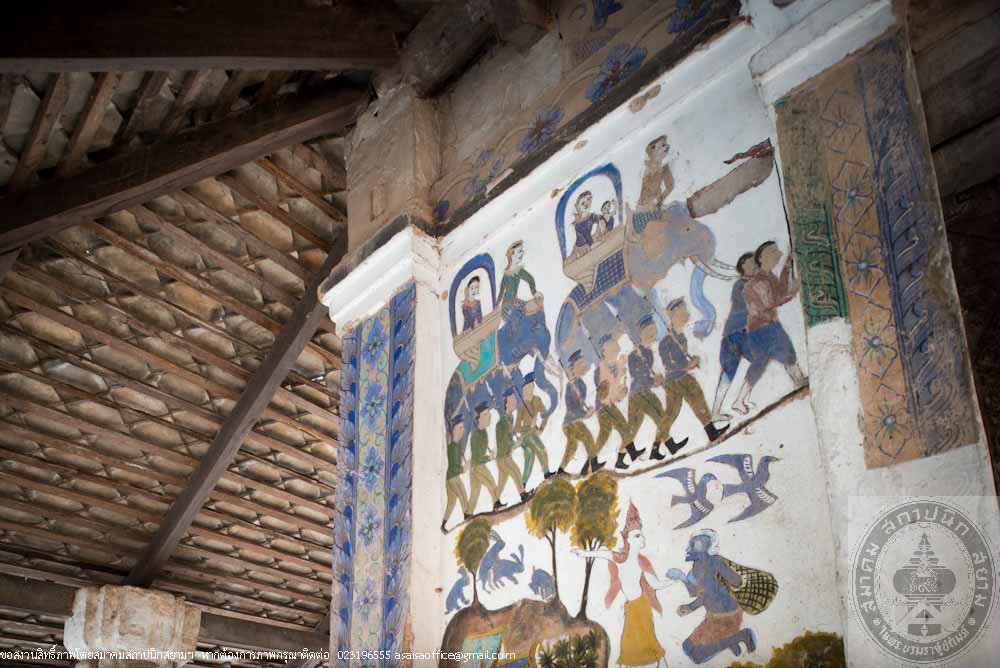
วัดท่าเรียบ

วัดท่าเรียบ

วัดท่าเรียบ
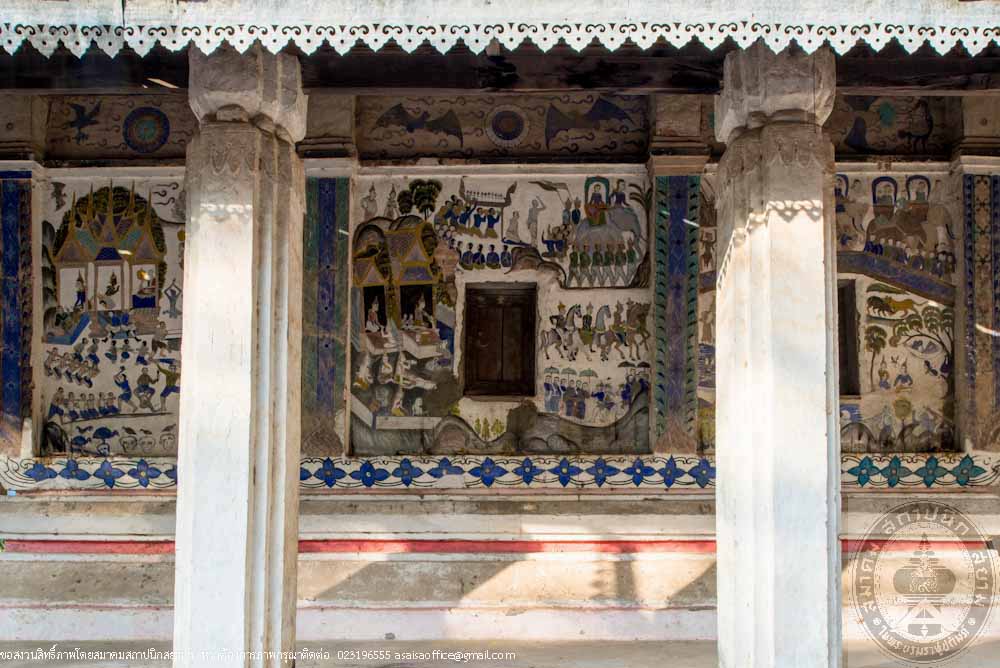
วัดท่าเรียบ
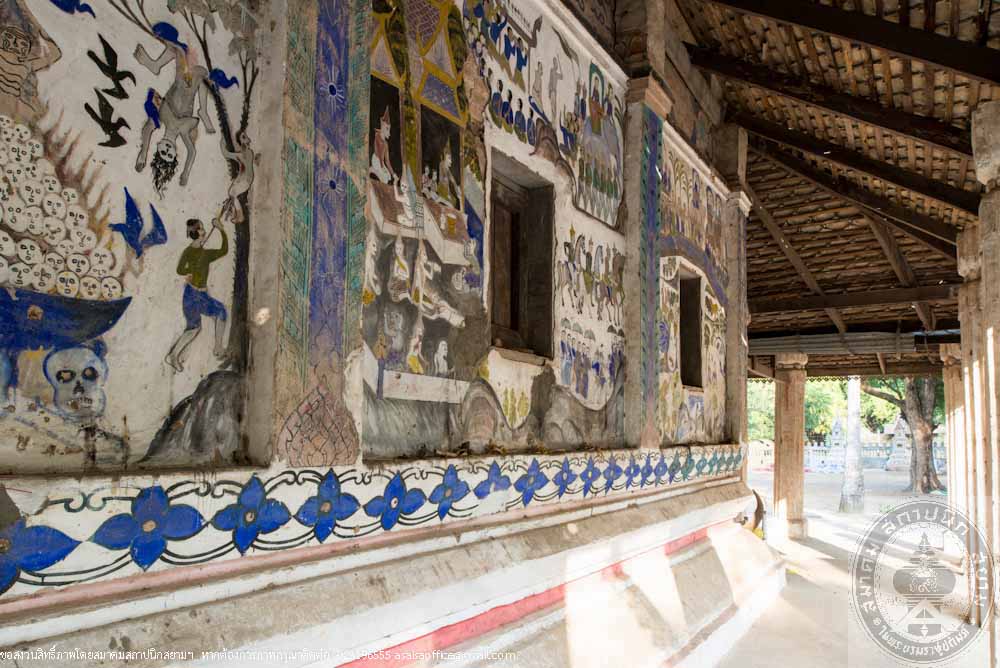
วัดท่าเรียบ
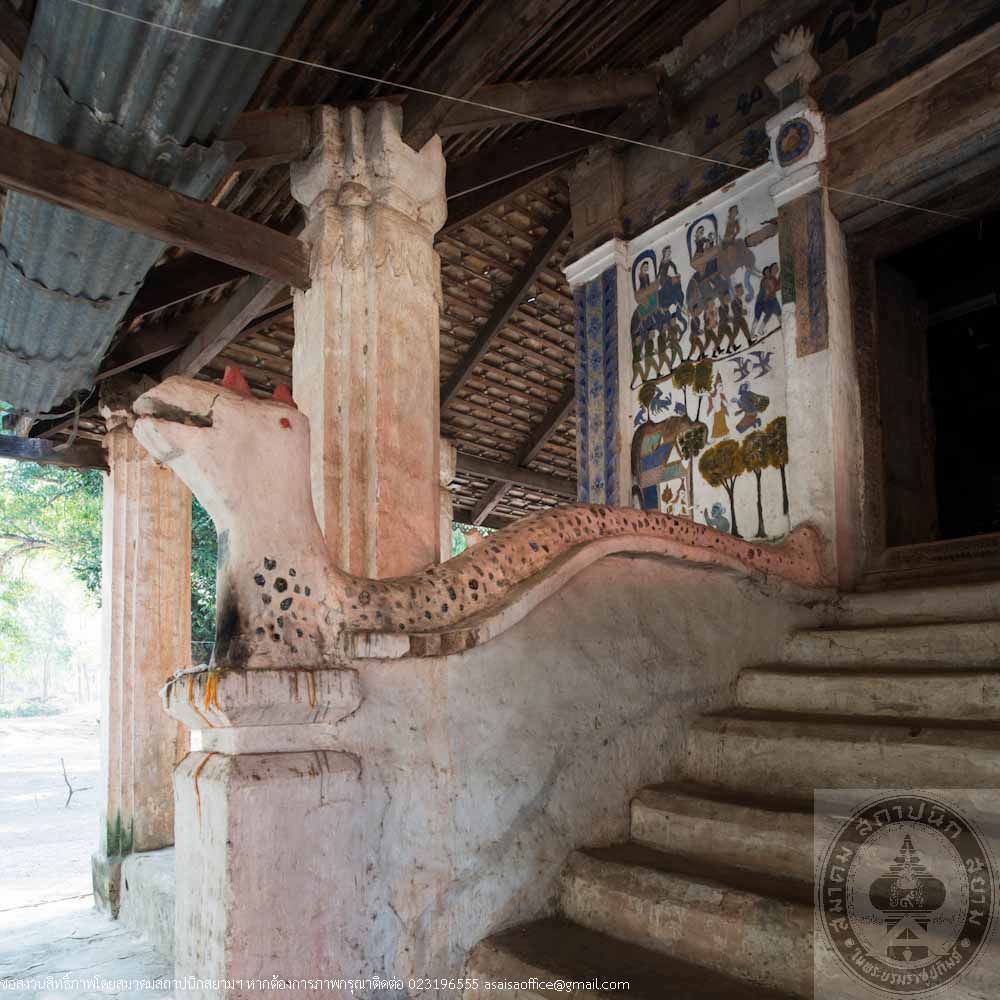
วัดท่าเรียบ
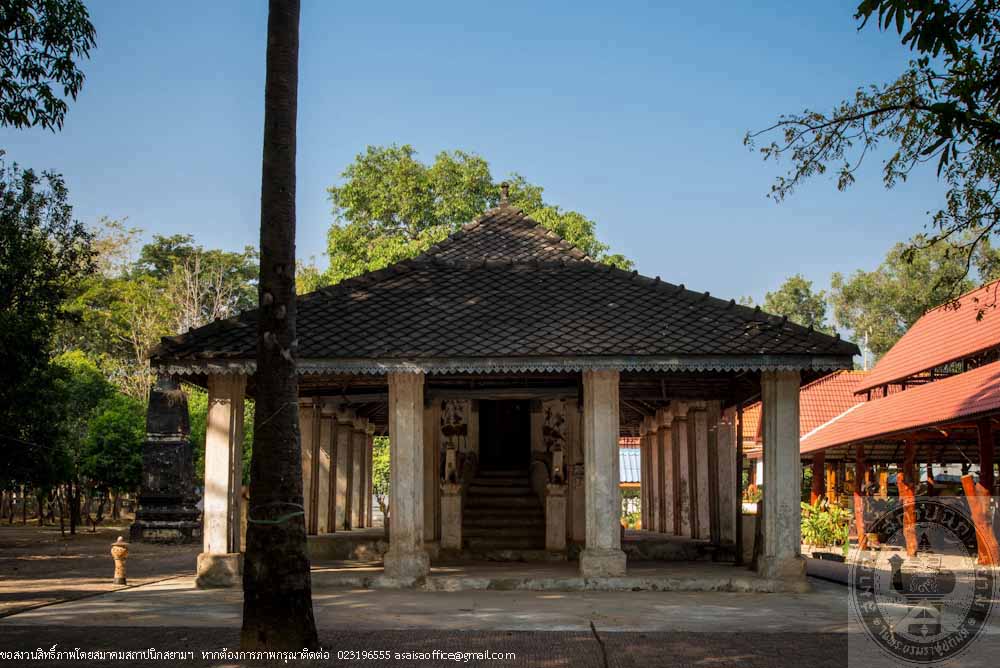
วัดท่าเรียบ

วัดท่าเรียบ
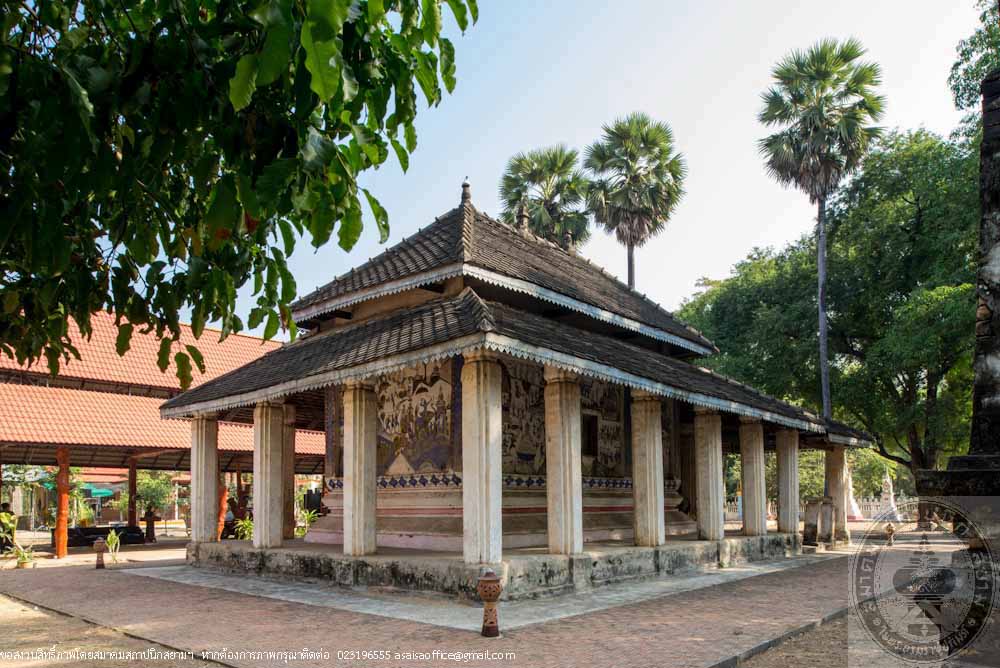
วัดท่าเรียบ
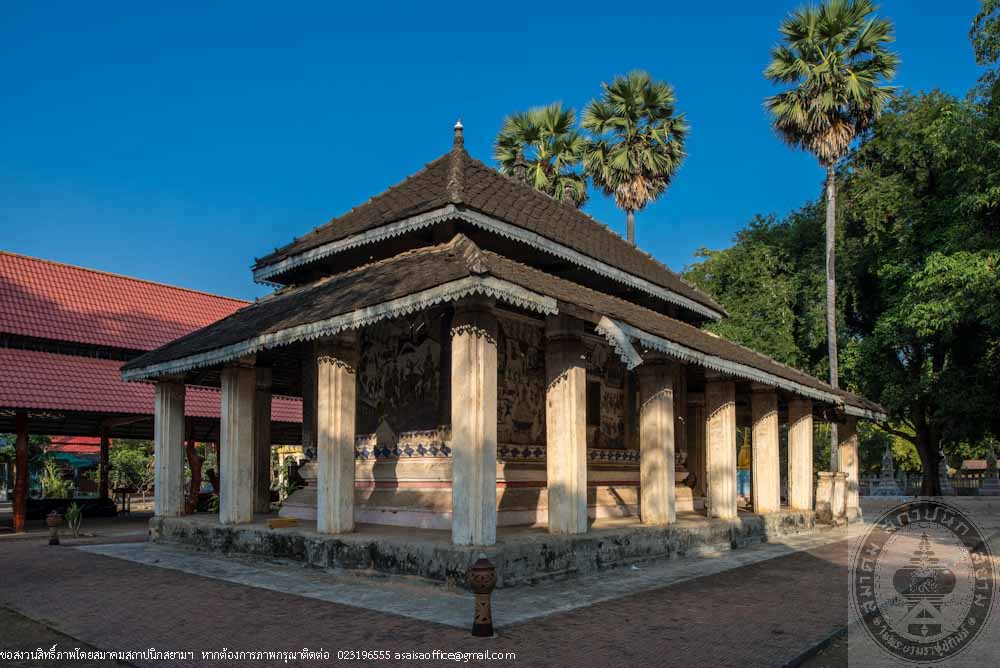
วัดท่าเรียบ
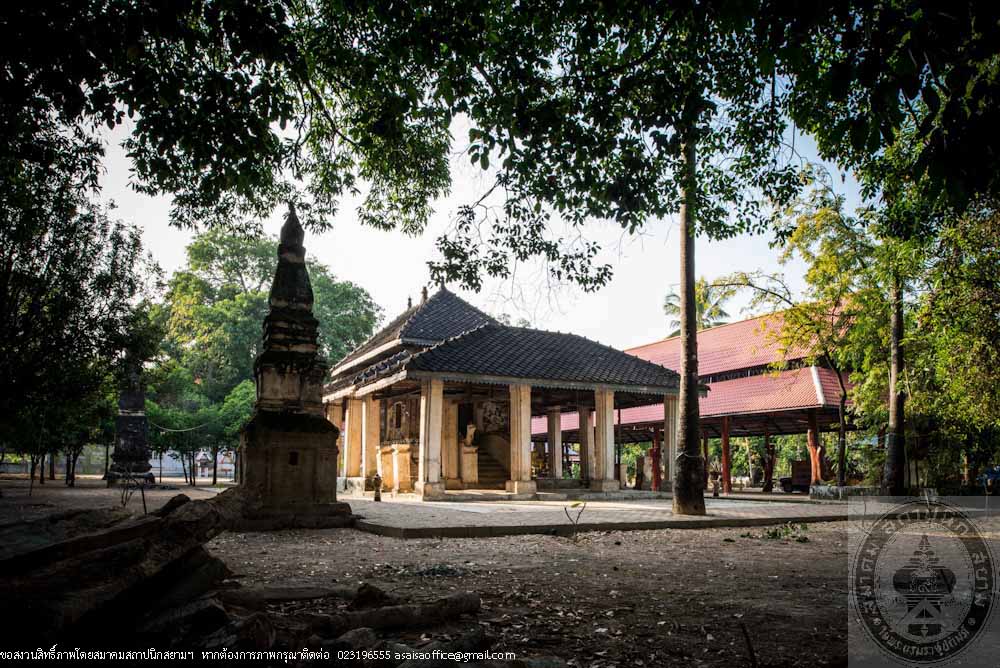
วัดท่าเรียบ
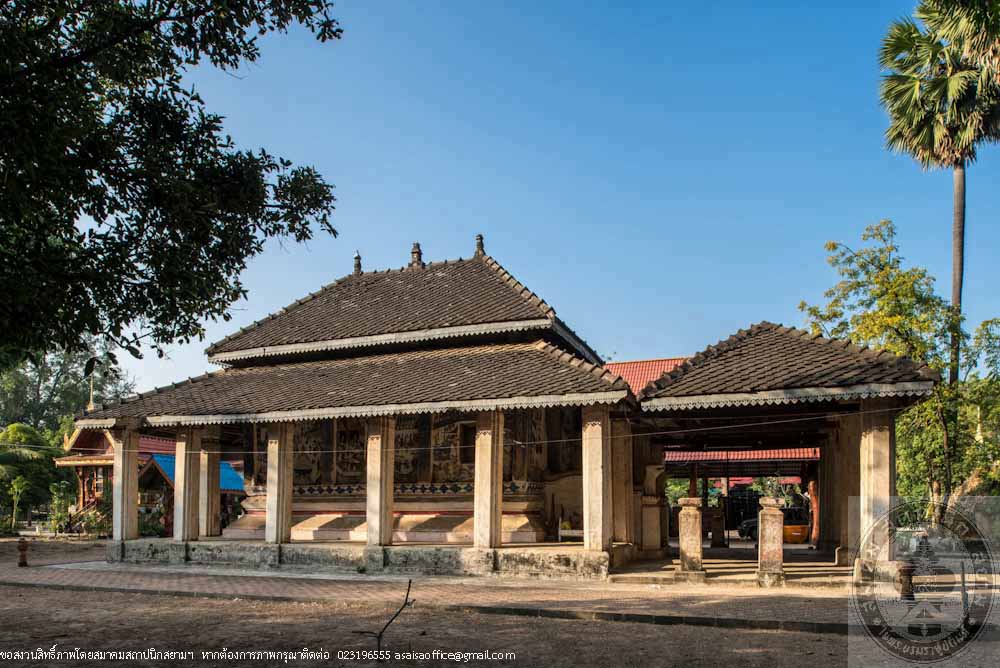
วัดท่าเรียบ

วัดท่าเรียบ
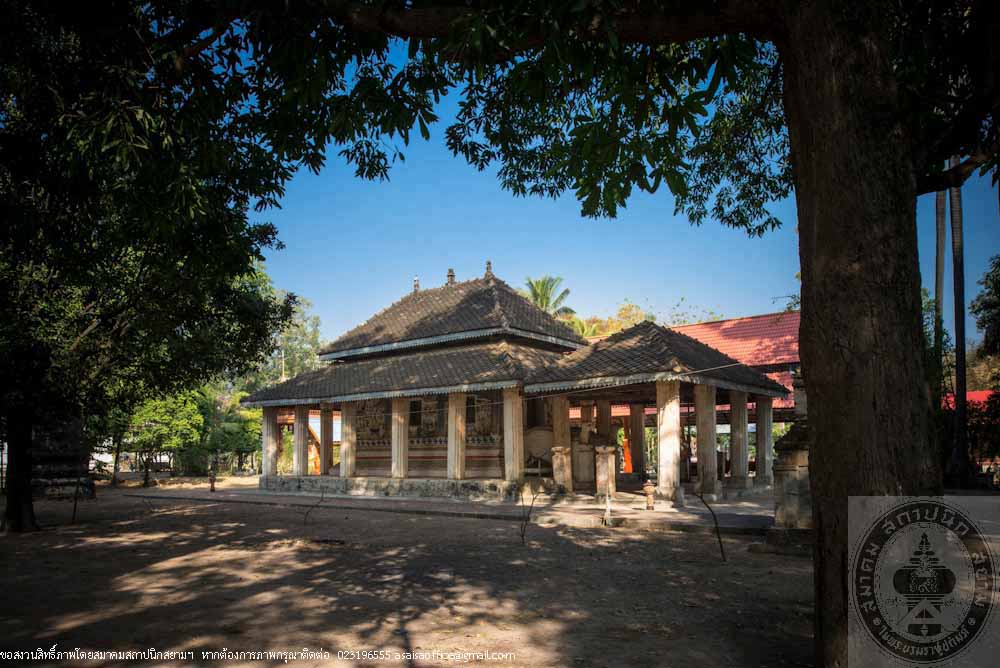
วัดท่าเรียบ
-

วัดท่าเรียบ
-

วัดท่าเรียบ
-

วัดท่าเรียบ
-

วัดท่าเรียบ
-

วัดท่าเรียบ
-

วัดท่าเรียบ
-

วัดท่าเรียบ
-

วัดท่าเรียบ
-

วัดท่าเรียบ
-

วัดท่าเรียบ
-

วัดท่าเรียบ
-

วัดท่าเรียบ
-

วัดท่าเรียบ
-

วัดท่าเรียบ
Wat Tha Riap’s Ubosot
Location 2 Baan Nong Wa Moo 10, Na Po, Na Po, Buriram
Architect/ Designer Unknown Builders are of Vietnamese descent.
Owner Wat Tha Riap
Year built 1889
History
Wat Tha Riap was founded in 1883. As the location of the temple and its surrounding area is a flatland right on the passage used by the locals to get to the waterside, local folks named the temple “Wat Tha Riap.” The temple received a royal grant of temple status in 1892. The land granted is of 12 meter wide and 24 meter long. The most important ancient remain of the temple is the local Ubosot built in 1889 by Luang Po Joon. The local folks also took part in the construction by transporting sands from the Moon riverside to the temple building sire with their wagons. The soil used in making bricks is from a nearby pond. It is believed that builders were from Yang Si Surach, Mahasarakham and of a Vietnamese descendent.
Wat Tha Riap’s Ubosot is a single storey local building. An ordination hall with surrounding terrace on the waist height base and a nine step front entrance stair with stucco of Naga used as handrail decorated with colored tiles. The hall measures 14.80 meter wide, 18.97 deep and 7.35 meter tall from ground to the top of the roof. The internal area is 5.27 meter wide and 10.30 meter deep. Double-pitched hip roofs that connect to the front gable covered with kite-shaped tiles. The roof eaves are embellished with perforated tin sheets. Wall murals inside and out of the building painted by the local folks. Colors used in painting the murals were extracted from barks and leaves. The external wall murals depict the good and the bad, hell and heaven, Jataka, stories of the former incarnation of Lord Buddha up until his birth, enlightenment and nirvana. The temple is deemed a center of Buddhist learning where virtues and moralities are fostered in order to teach people to be afraid and ashamed to commit sins and to do good instead to create merit like Phra Malai. The wall murals inside the Ubosot portray the life history of Lord Buddha exquisitely.
After all this time, the abbots, temple’s committees and people of the community have been aware of how valuable and important this ordination hall is including the value of the community history, arts, local architectures and society which resulted in the continuous care and maintenance of the hall to remain in its original condition and avoid leaving it in disrepair. From 2013 to 2014, students from the Department of Architectural Technology, Faculty of Industrial Technology, Buriram Rajabhat University together with the people in the community hosted a Local History Study event whereas history of the Ubosot was published. They also conducted structural survey and recorded the hall’s architectural style and later delivered all the information from the study and the building’s blueprint to the abbot and the temple’s committees to be used as a basic reference in the preservation of the structure.